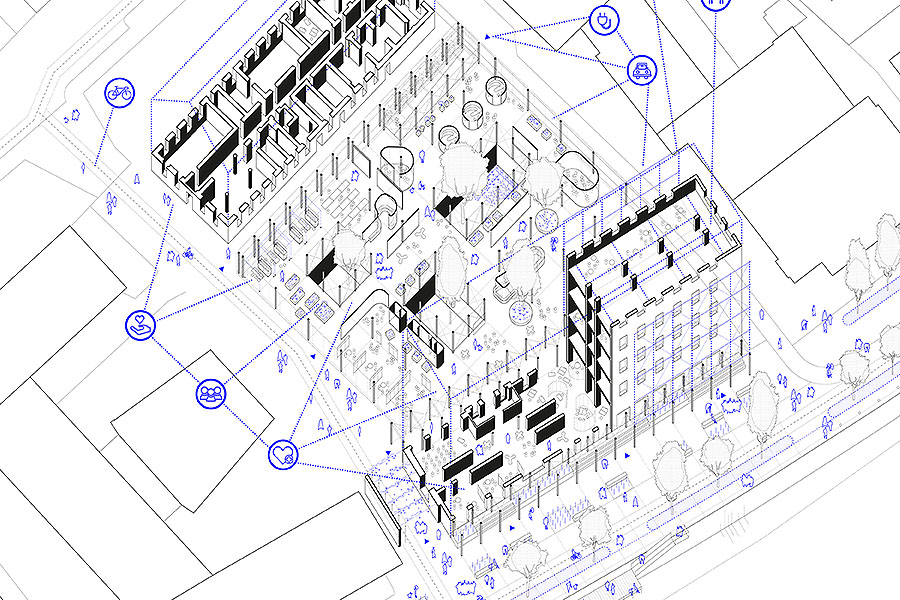Kultur-hub-set!
Levanger (NO) - Special mention

TEAM DATA
Associates: Jorge López Sacristán (ES), Lucía Andérica Recio (ES), Javier Ortiz Temprado (ES) – architects
studio.alt
zurich + madrid
architecture.salt@gmail.com / www.studioalt.eu
See the complete listing of portraits here
See the site here
TEAM PORTRAIT
INTERVIEW
Click on the images to enlarge
1. How did you form the team for the competition?
The team was formed three years ago, when we decided to take part in the Europan 15 competition. We had already worked together several years ago, both at university and in architectural practices, and it seemed like the perfect opportunity to try developing our own ideas.
2. How do you define the main issue of your project, and how did you answer on this session main topic, Living cities?
The main theme of our project is “Revitalization”. Our aim is to bring life back to the listed city centre through a number of interventions that work together to recover the original values of the town.
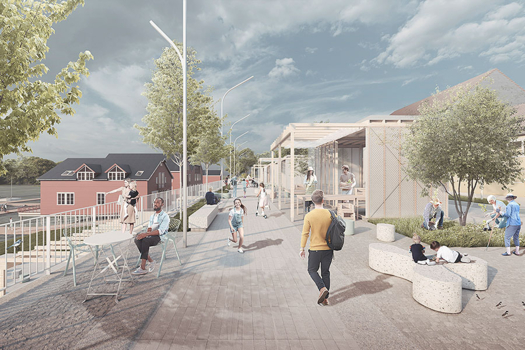
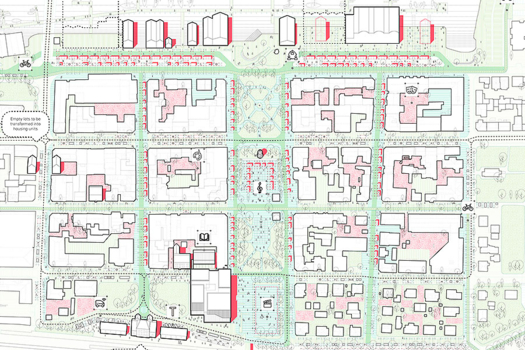
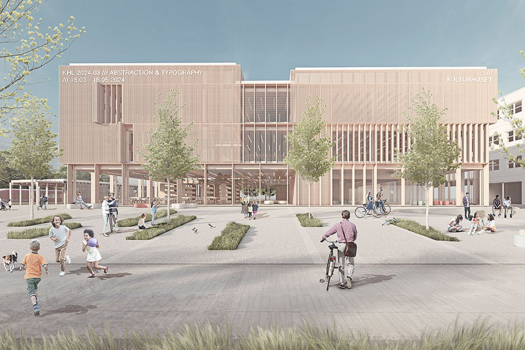
The town of Levanger sits on a very pregnant location, between two bodies of water (the River and the Fjord) and is cut through by a Park Axis. We understand that these physical constraints can also be its most important values, and tried to carefully interweave existing and new synergies together, reducing the strong dependence on the car.
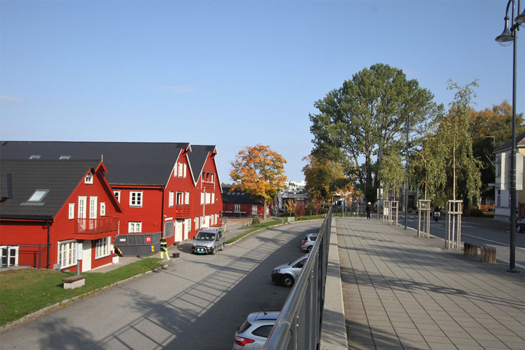
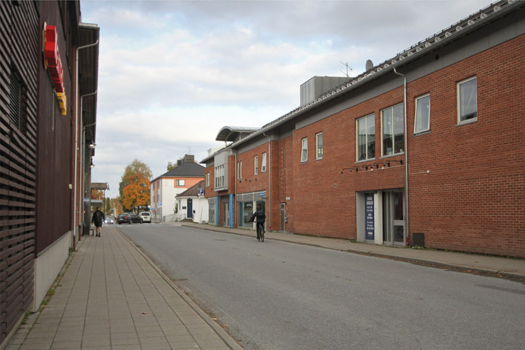
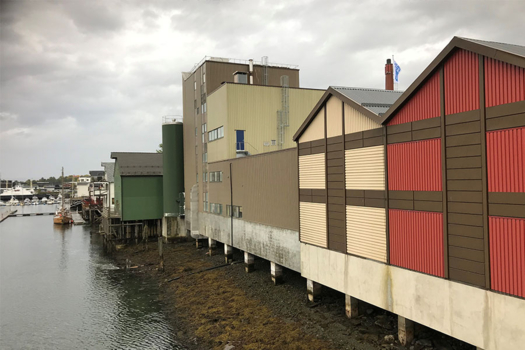
The contact with a linear body of water was a key issue in our awarded Europan 15 proposal for Innsbruck. In Levanger we have been able to continue our research and further develop many of the strategies that we had successfully employed there. Besides, the three of us have lived in different cities around the world and have been able to see how different strategies impact positively the urban landscape. In this regard, projects like Cassiopeiasteg in Zurich (Balz Amrein Architekten) or the pedestrianization processes of various European city centres have had a significant influence on our proposal.
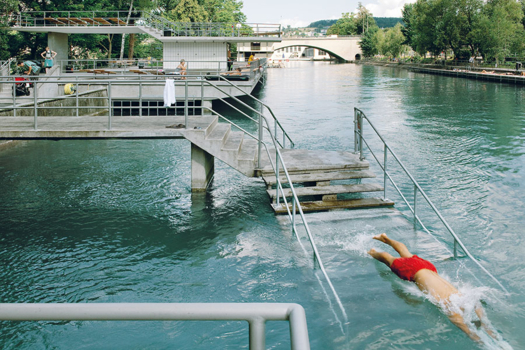
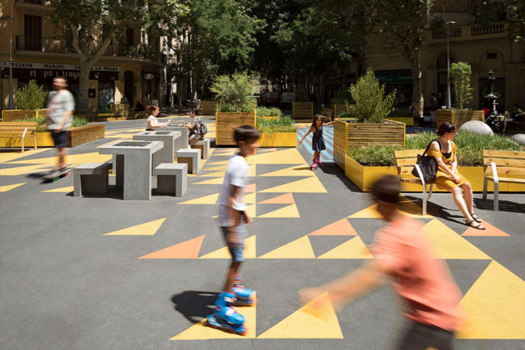
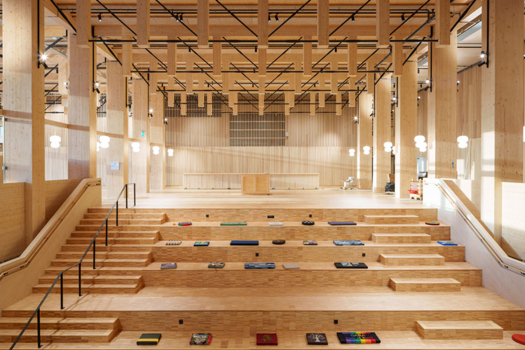
The “slow-cooked” nature of the implementation processes is a main focus in our project. We propose and develop a platform to bring all the main actors involved together in a democratic, well-connected common space, both physically and online. We understand that a collective effort is the key to real, resilient changes, and we provide the platform to make this interconnection possible.
6. Is it the first time you have been awarded a prize at Europan? How could this help you in your professional career?
We were awarded a Runner-Up Prize ex aequo in Europan 15 Innsbruck (Austria). Our project provides an extensive framework to bolster the regeneration of the historical city centre. We hope that the implementation process will eventually take off and allow us to continue developing and testing our ideas.
TEAM IDENTITY
Office: studio.alt
Function: architecture
Average age of the associates: 32 years old
Has your team, together or separately, already conceived or implemented some projects and/or won any competition? if yes, which ones?
We were awarded with a Runner-Up Prize ex aequo in the last edition of Europan 15 Innsbruck, Austria. After the kick-off meeting the implementation process has slowed down due to the challenging times we are all living.
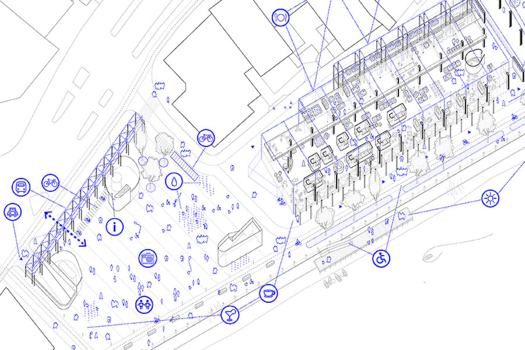
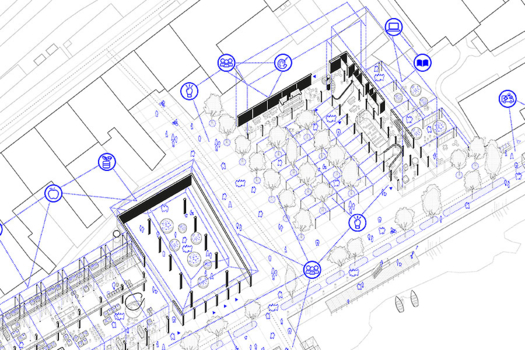

We live in different cities in Europe and thus usually work together remotely.











